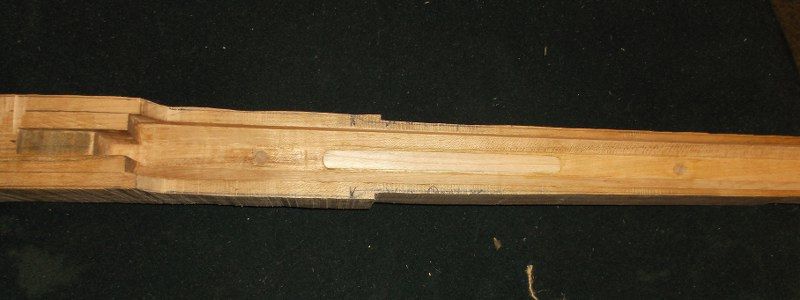- Joined
- Feb 2, 2015
- Messages
- 64
- Reaction score
- 7
I didn't have the tool at the time, so a friend of a friend who did finished drilling the last 4-5" of the ramrod hole on my first recarve for me. A great guy, but when I was inletting the tang I found the web thickness at the rear to be all air. I'm thinking of taking the remainder of the web out and carefully taking a chisel with a rounded edge of similar arc as the hole size needed and carefully finishing the channel. Then take a piece of hard maple to make an artificial one and fit it and glue in. Does that sound like a plan, or can someone with similar experience help me with an alternative.
BTW, I have the good reference books and DVD's for regular construction, but is there a publication dedicated to only the mistakes commonly encountered and their remedy?
Thanks, Ed
BTW, I have the good reference books and DVD's for regular construction, but is there a publication dedicated to only the mistakes commonly encountered and their remedy?
Thanks, Ed





